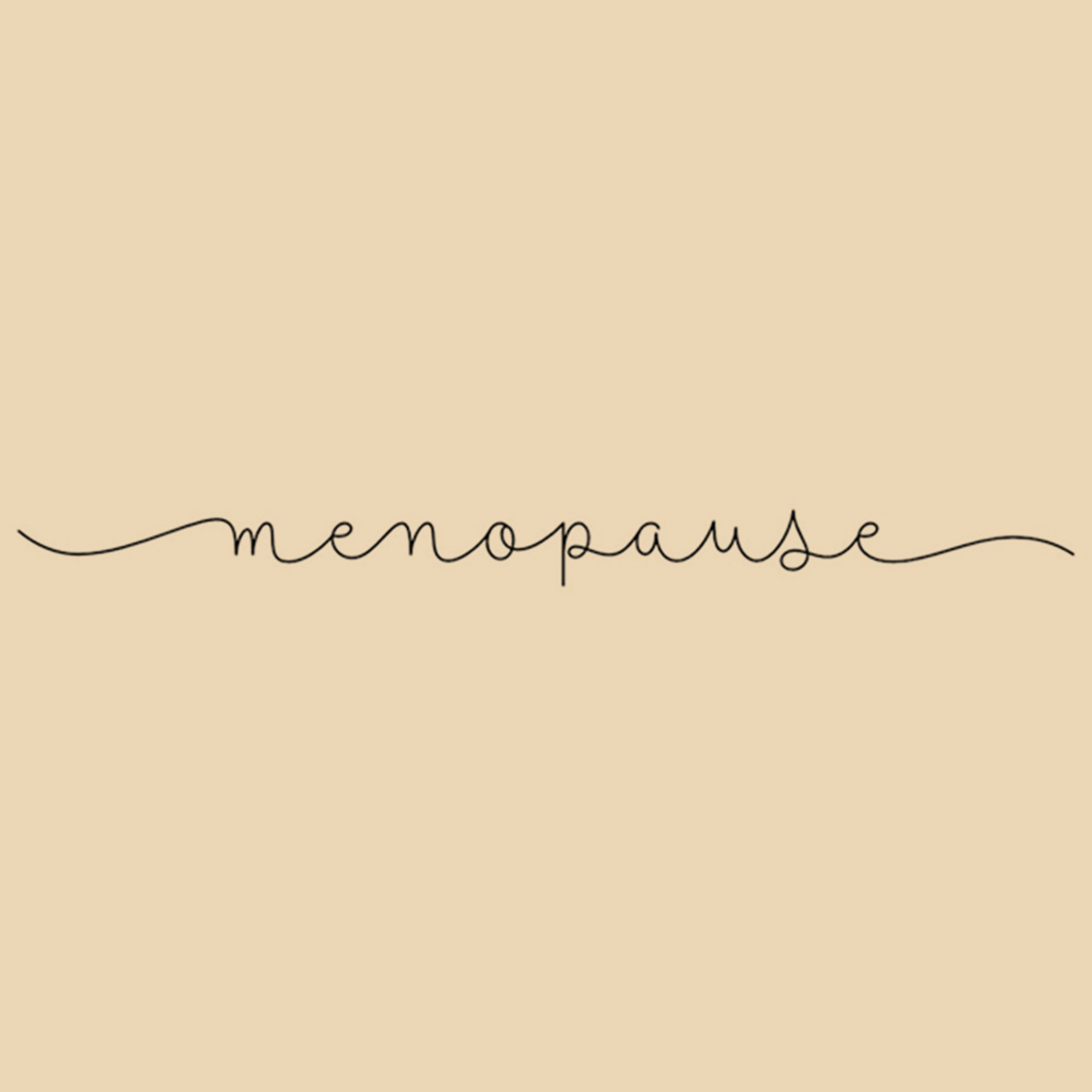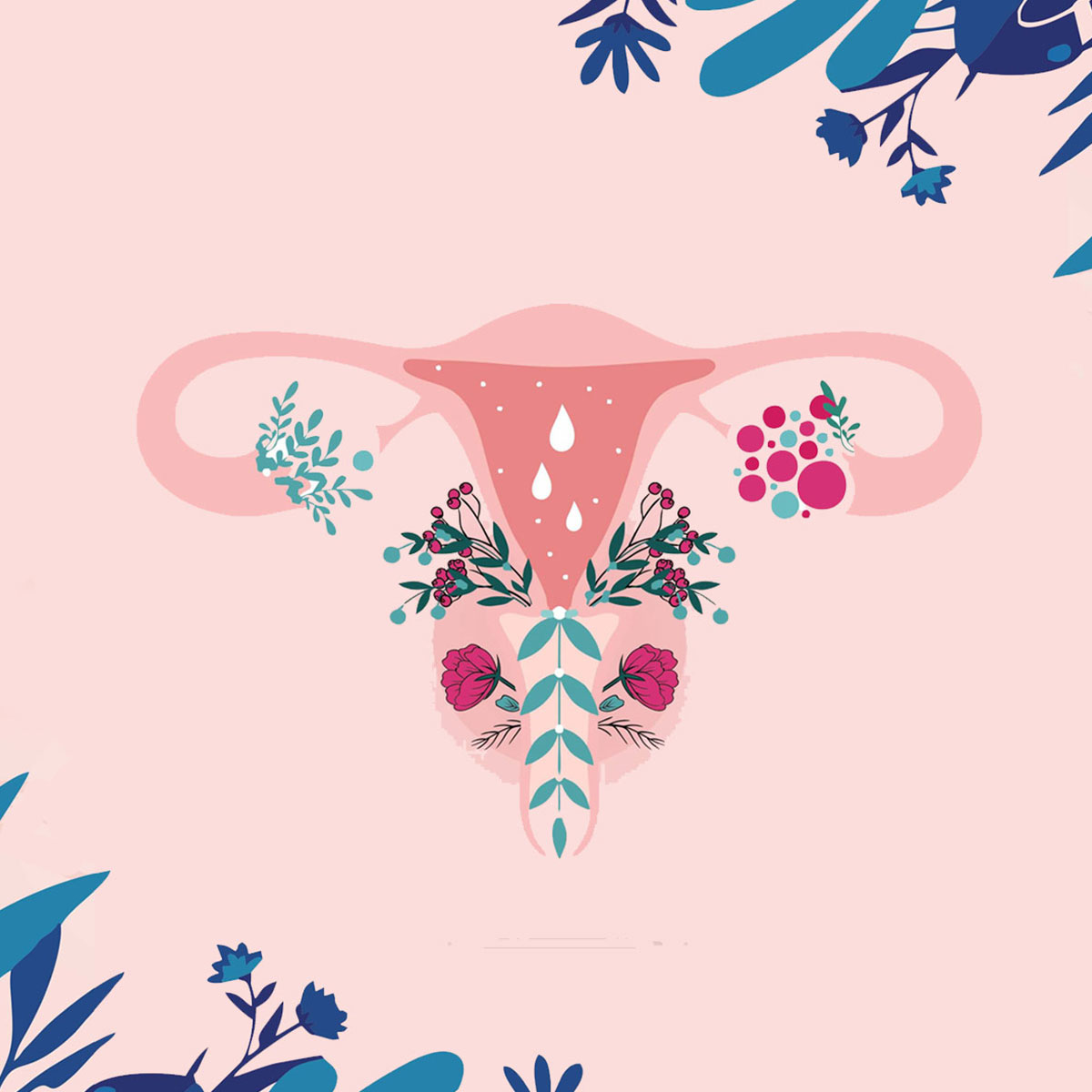While periods are enough to deal with every month, along with it comes the red, painful, and uncomfortable rashes that make every step feel like you’re on fire (and not the good kind either).
Even though period rashes are relatively common, their prevalence makes them a sore experience to encounter, literally and figuratively. But before we get into how to fix these rashes, how do they even form, to begin with?
Understanding Period Rashes

Period rashes differ from individual to individual; some people may experience red patches, bumps, itchiness, swelling, or even dryness around their vulva or their intimate areas. Even though several potential causes can contribute to this phenomenon, the most common ones are usually friction, an allergic reaction to your sanitary napkin’s materials, and the irritation caused by heat/trapped moisture.
Let’s delve deeper into these:
While the friction that arises from walking around cannot be helped, more active forms of movement (running, sports, other physical activities, for instance) can cause your sanitary napkin to chafe against your inner thighs, resulting in friction rash.
Alternatively, some people may have extremely sensitive skin and the propensity to develop immediate pad rashes when they come in contact with the materials/chemicals that coat sanitary napkins. Several pad options in the market today have added ink and fragrances, all of which can contribute to an allergic reaction or ‘contact dermatitis’, as medical professionals may call it.
Finally, trapped heat and moisture can also irritate the vulva and the surrounding areas, causing a painful rash.
The bad news is, period rashes do manifest in more ways than one.
However, the good news is, these don’t need to be a permanent issue!
With the right combination of precautionary measures and a few changes to your usual period line-up, you can do away with these rashes once and for all:
How Do You Prevent Period Rashes?
1. Change your sanitary pad frequently

How often do you change your sanitary napkin when you are on your period?
If you’re doing a quick calculation in your head right now and your average comes up to once every 3-4 hours, you’re in the clear.
However, anything longer than that will put you in a spot of trouble.
Wearing the same pad for long durations of time is counterproductive; not only is it bad for your health and fosters bacterial growth, but it can also be a major contributor to period rashes.
2. Choose the right underwear

While nylon, rayon, lace, and other materials may score points in the looks category, good ol’ cotton does the trick in the health corner. An important part of your period line-up rests in your underwear choices. When you opt for loose, cotton underwear during your menstrual cycle, you give your intimate parts the chance to truly breathe. Since you don’t sweat as much, this eliminates the possibility of moisture build-up, which lessens your chances of developing a rash.
3. Wash your troubles away
Most of the time, you don’t need a special pH solution or expensive vaginal soaps to take care of your genital area. Washing with warm water usually helps keep potential bacterial infections at bay. In addition to helping you stay clean and comfortable, frequently washing your vaginal area every few hours can help minimize the occurrence of period rashes.
4. Switch it up
If you’ve been reading this so far, you’ve probably connected the dots and figured out the common denominator – yes, it is your choice of the sanitary napkin. Sanitary pads can be one of the main contributors to period rashes, so it goes without saying that you should choose an option that works the best for your skin type and you.
All-natural pads made with no plastic, dyes or irritating fragrances are a wonderful option to experiment with. These pads suit most skin types, are gentle on intimate areas and can lower the chances of most period rashes. Learn more about what goes into our pads here and how they can help you.
What If Nothing Is Working?
Period rashes should usually dissipate within 2-3 days. If you’ve tried all of the above and your rash isn’t improving, calling your doctor and discussing potential medication options with them is the way to go.
That being said, we hope you have a safe, secure, and rash-free period!







